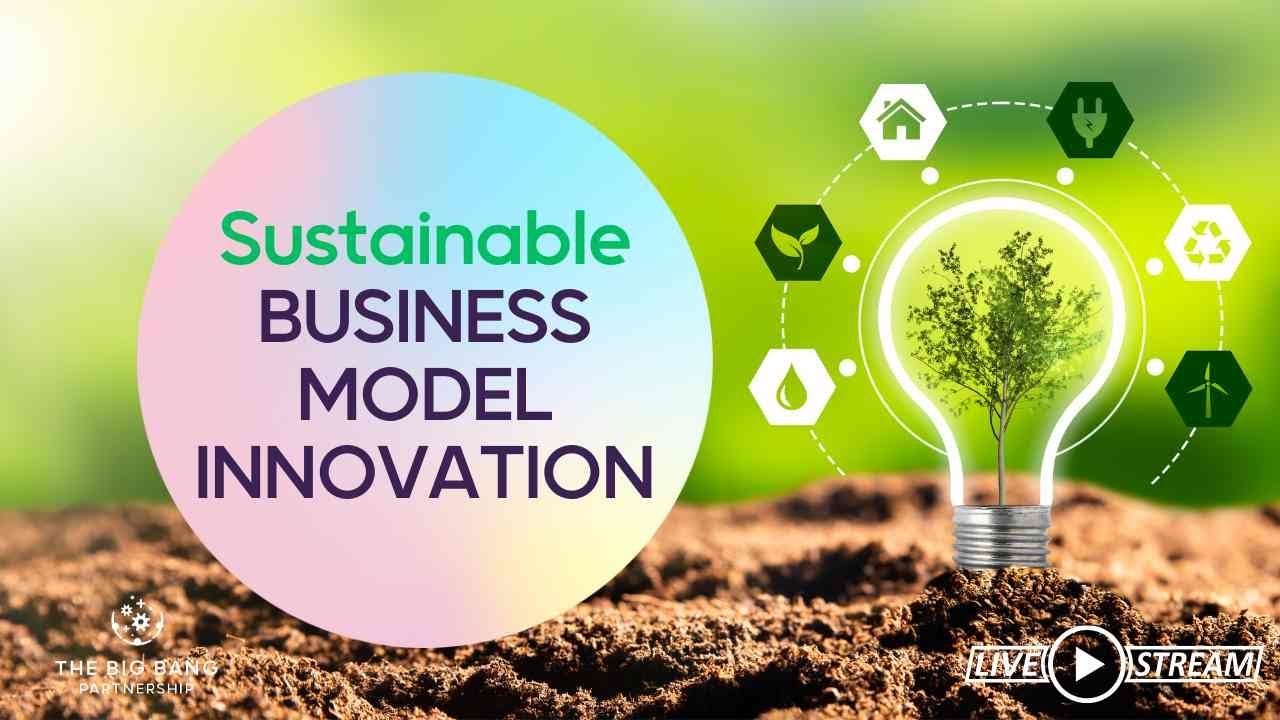Welcome to SUSTAINABLE BUSINESS CONSULTING

A sustainable business model, or business model for sustainability, is a framework for how organisations create, deliver and capture value based on sustainable development principles. Rather than a traditional business model that is focused solely on profit, a business model for sustainability can help organisations to tackle sustainability challenges whilst continue to operate profitably. By addressing a range of ecological and social issues within the framework, companies can evolve their purpose, products and processes whilst contributing positively to the planet.
With plenty of business sustainability models available (including the doughnut economics model we covered in another blog), it’s important for companies to assess which ones relate closest to their product, service and goals. Here are three popular examples:
The Francisco Szekely and Zahir Dossa eight-step model approaches sustainability beyond the triple-bottom-line by exploring steps ranging from organizational purpose to PR transparency. They propose that businesses should focus on addressing a societal need from the get-go and view profitability as not an end point, but a method of supporting sustainability. Here are their eight steps to success:
2. The eight sustainable business model archetypes by Bocken, Short and Evans
The eight sustainable business model archetypes from Nancy Bocken, Sam Short and Steve Evans describe the solutions and opportunities that organisations can take advantage of when building a business model for sustainability. The eight tactics were developed to accelerate the research and practice of sustainable business models:
3. The triple layered business model canvas (TLBMC) by Joyce and Paquin
Alexandre Joyce and Raymond Paquin designed the triple layered business model canvas (TLBMC) to explore methods of sustainable innovation in business.
The TLBMC is a tool for integrating environmental and social factors into an organisations business model through a lifecycle approach and stakeholder perspective. The addition of the environmental and social layers to the economic layer of the business model canvas can generate multiple types of value.
Business models for sustainability have multiple benefits for organisations and their stakeholders including customers, employees, suppliers, communities, wider society and the environment.
Sustainable businesses tend to attract and retain the best talent and develop loyal customer and supplier bases. Furthermore, organisations making positive contributions to the environment and society can benefit from an enhanced reputation and new growth areas.
Endorsing sustainable business models is a balancing act for companies who have profitability at the forefront of their business agendas, particularly those with limited funds, short-term financial goals, or shareholders to accommodate. However, by dedicating investment and resources to initiatives, businesses can benefit from sustainability models on a long-term basis whilst simultaneously improving their impact on the planet.
To effectively build sustainability into a business’s DNA and overcome sustainability issues, here are some possible steps to follow:
Sustainable businesses prioritise reducing their environmental impact. This can include minimising waste, using renewable energy sources, implementing energy-efficient operations, and reducing carbon footprints.
These businesses often focus on fair labour practices, community engagement, and contributing positively to society. They might invest in community projects, ensure fair wages and working conditions, and engage in ethical sourcing of materials.
While focusing on social and environmental goals, sustainable businesses must also be economically viable. This means generating enough revenue to cover costs, invest in growth, and provide returns to stakeholders while also investing in sustainable practices.
Sustainable businesses often take a long-term view, focusing on enduring success rather than short-term gains. This involves planning and investing in ways that will ensure the business's viability and relevance in the future, considering emerging environmental and social trends.
To remain sustainable, businesses must be innovative and adapt to changes in the market, technology, and regulatory environments. This could include developing new products and services that meet sustainability criteria or adopting new business processes that are more efficient and less harmful to the environment.
Sustainable businesses regularly engage with various stakeholders, including employees, customers, suppliers, local communities, and investors. This engagement helps the business understand and respond to the needs and concerns of these groups, furthering its sustainability goals.
These businesses are typically transparent about their operations and impact, often providing regular reports on their environmental and social performance.
Complying with environmental and social regulations is a baseline; sustainable businesses often go beyond mere compliance, setting higher internal standards for sustainability.
Contact Form